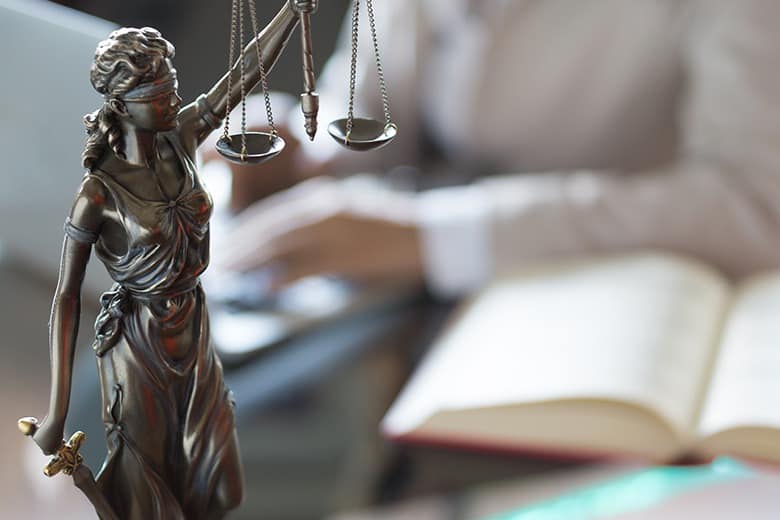What do you call an activity requires strength, stamina, flexibility, agility, planning, and coordination with team members? What if the participants were required to train with weight-training and aerobic exercises? And what if that activity was performed in gymnasiums, in stadiums, and on outdoor fields? And what if teams competed regionally and nationally?
That sure sounds like a sport to me. What would you call it?
Well, officially, cheer is not a sport. (And by the way, advocates now prefer the term “cheer” to “cheerleading,” mainly because the nature of the activity has changed almost to the point of being unrecognizable since the early days of pom-poms and calls of S-U-C-C-E-S-S.) But in July 2010, U.S. District Judge Stefan Underhill ruled that cheer is not a sport because it is “too underdeveloped and disorganized.” I’m not sure what he looked at to make his decision, but cheer is one of the most organized activities around–there are cheer squads in nearly every middle school, high school, and college…participants are taught and coached in standard moves…and the competition circuit is big business.
Why definitions are important
Whether cheer is defined as a sport or as merely an athletic activity has repercussions that go beyond ego. Sometimes it’s a question of available funding from colleges or sponsors, and sometimes it’s about reputation and respect–cheerleaders are admired, but rarely honored for their combination of brains and athleticism.
But even more important is how defining cheer as a sport would affect safety of the participants. A true sport requires coaches to have a certain level of training and certification; a “sport” puts limits on the risks required of the participants; and a “sport” makes training and safety an integral part of practice and performance. Unfortunately, in most schools, cheering lacks safety, limits, and trained coaches. That’s why cheer accounts for more than 65% of of all high school catastrophic injuries, and more than 70% of all collegiate catastrophic injuries. (For the record, “catastrophic injuries” are life changing events, including traumatic brain injury, paralysis, and death.) Less severe injuries are also common–each year, this sport sends more than 25,000 female students to hospital emergency rooms.
A Cheer Advocate Speaks Out
In June 2010, we posted a blog that listed guidelines to help prevent cheer injuries, as recommended by Frederick O. Mueller, Ph.D., Director of the National Center for Catastrophic Sports Injury Research at the University of North Carolina at Chapel Hill (UNC-CH). It’s a long list, so we won’t repeat it now, but you can read the full blog here: When Is a Sport Not a Sport?
After it was posted, we heard from one of the all-time great cheer coaches, Rusty McKinley. In his career, McKinley was Spirit Director at the University of Southern Mississippi, followed by eight years as Cheer Advisor/Coach at the University of Memphis. He authored two books: The Complete Partner Stunt Book and NCA Pyramids. Currently, he is a nationally known and respected expert in the area of cheer safety. (I know he’s going to be embarrassed that I put it that way.) He was even one of the featured interviews in the cheer safety episode of the Emmy-nominated television show Penn & Teller: Bullshit! (season 8, episode 1: Cheerleading).
McKinley reports that the state of cheer safety is worse than most people think. He recently obtained the AACCA Certification–a safety certification from the American Association of Cheerleading Coaches and Administrators. Sounds impressive, right? As McKinley said:
The entire course, 2.5 hours, is dedicated to walking you through the AACCA Manual and highlighting the areas that will be on the Open Book test that follows. No “hands on” experiences are required or tested in any fashion. The periodic update requires 20 minutes online, again without hands on training or demonstrations.
McKinley has given us a wealth of information about the state of cheer safety, as well as some solid suggestions for how parents, schools, coaches and all the rest of us can help keep these athletes safe from traumatic brain injury and other catastrophes.
This is the first of a 3-part series we’re writing on cheer safety. Part 2 will be posted May 2, 2011 and Part 3 will be posted on May 9, 2011.
Meanwhile, if you have questions about cheer safety, please send them to our researcher, carol@lawmed.com. We’ll do our best to answer them online.
If someone you know has a cheer injury…
To report a cheerleading injury to make statistical reporting more accurate, go to www.cheerinjuryreport.com, sponsored by the National Cheer Safety Foundation. For more information about traumatic brain injury, or to request a legal consultation for a cheer injury, visit our dedicated web page.
If you have questions, HensonFuerst has answers.
